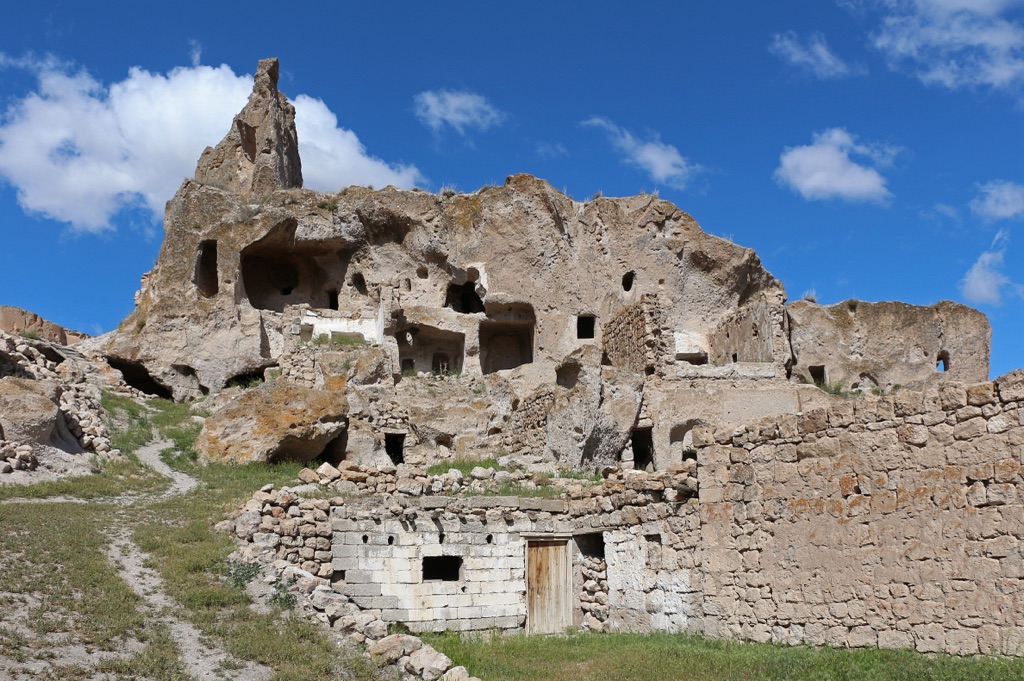The Soğanlı Valley, nestled in the central Anatolian region of Turkey, is a historical gem that boasts a rich tapestry of cultural heritage. Known for its striking rock-cut churches and frescoes, the valley is a testament to the Byzantine era’s religious and artistic fervor. The landscape is dotted with ancient dwellings, monasteries, and chapels, many adorned with intricate paintings that have withstood the test of time. This serene and picturesque valley not only offers a glimpse into early Christian life but also serves as a beacon of historical and archaeological significance.
Byzantine Empire
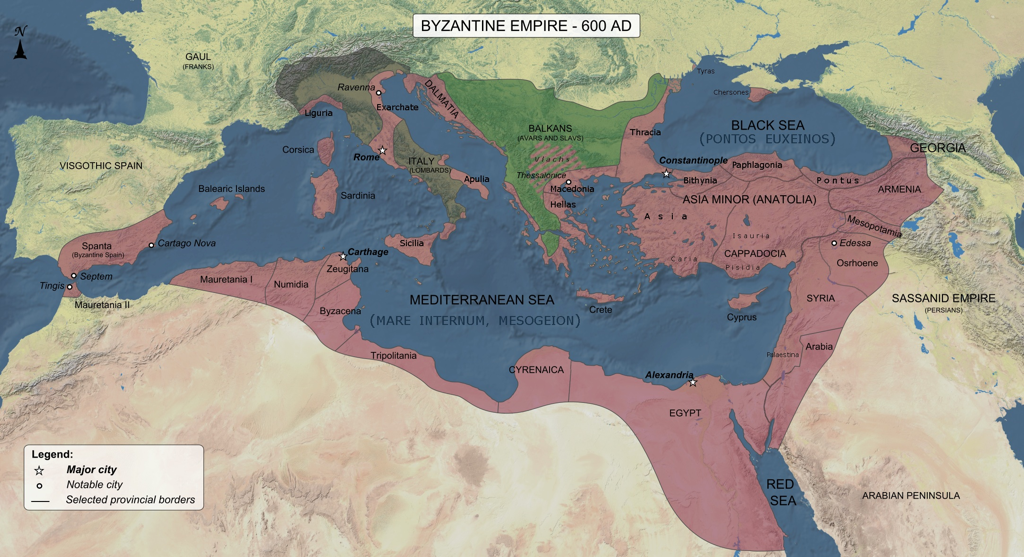
The Byzantine Empire, once known as the Eastern Roman Empire, was a beacon of culture and power for over a thousand years. It came into existence after the Roman Empire split in 395 AD. Byzantium, now Istanbul, was the empire’s capital, strategically placed on the trade routes between Asia and Europe. The empire saw itself as the continuation of Roman glory, preserving its laws and culture. It greatly influenced the world through its own unique blend of Greek and Christian traditions. One of the empire’s greatest legacies is the Byzantine art that still inspires awe today. The Byzantine Empire went through many periods of wealth and power. It also faced severe challenges and setbacks from both the West and East.
One of the most renowned features of the Byzantine Empire was its complex bureaucracy. This kept the empire running smoothly. The Byzantine Empire’s military forces were innovative, especially noted for its use of Greek fire in naval battles. This substance would burn on water and was a closely guarded state secret. The empire’s prowess in diplomacy often meant that they could avoid conflicts. They skillfully used marriage alliances and gifts. Commerce thrived in the Byzantine Empire, with Constantinople as a bustling marketplace of trade goods from diverse lands. However, over time, internal strife and external pressures began to erode the empire’s strength. The most memorable attack came during the Fourth Crusade in 1204, where Crusaders sacked Constantinople. This event weakened the empire and led to its collapse in 1453 after the Ottoman conquest. The Byzantine Empire’s cultural and historical impact remains of great significance today. The legacy of Byzantine architecture, religion, and law has left a lasting mark on the civilization.
The Byzantine Empire was known for its remarkable achievements in art, architecture, and law, which were deeply infused with a blend of Greco-Roman traditions and Christian beliefs. Its capital, Constantinople, was adorned with magnificent buildings, including the Hagia Sophia, which remains a testament to Byzantine architectural innovation. The empire’s legal code, the Corpus Juris Civilis, compiled under Emperor Justinian, had a profound influence on the development of legal systems in Europe. Furthermore, the Byzantine Empire played a crucial role in preserving the knowledge of the ancient Greeks and Romans, acting as a bridge between the classical and modern worlds.
The fall of Byzantium was a gradual process, exacerbated by internal divisions, economic decline, and military setbacks. The Fourth Crusade’s sack of Constantinople in 1204 dealt a devastating blow to the empire, fragmenting its territories and weakening its defenses. Despite a temporary recovery during the Palaiologan dynasty, the empire could not regain its former strength. The final blow came with the rise of the Ottoman Empire, which steadily conquered Byzantine territories. The capture of Constantinople by the Ottoman forces under Sultan Mehmed II in 1453 marked the end of the Byzantine Empire, although some Byzantine successor states lingered for a few years after.
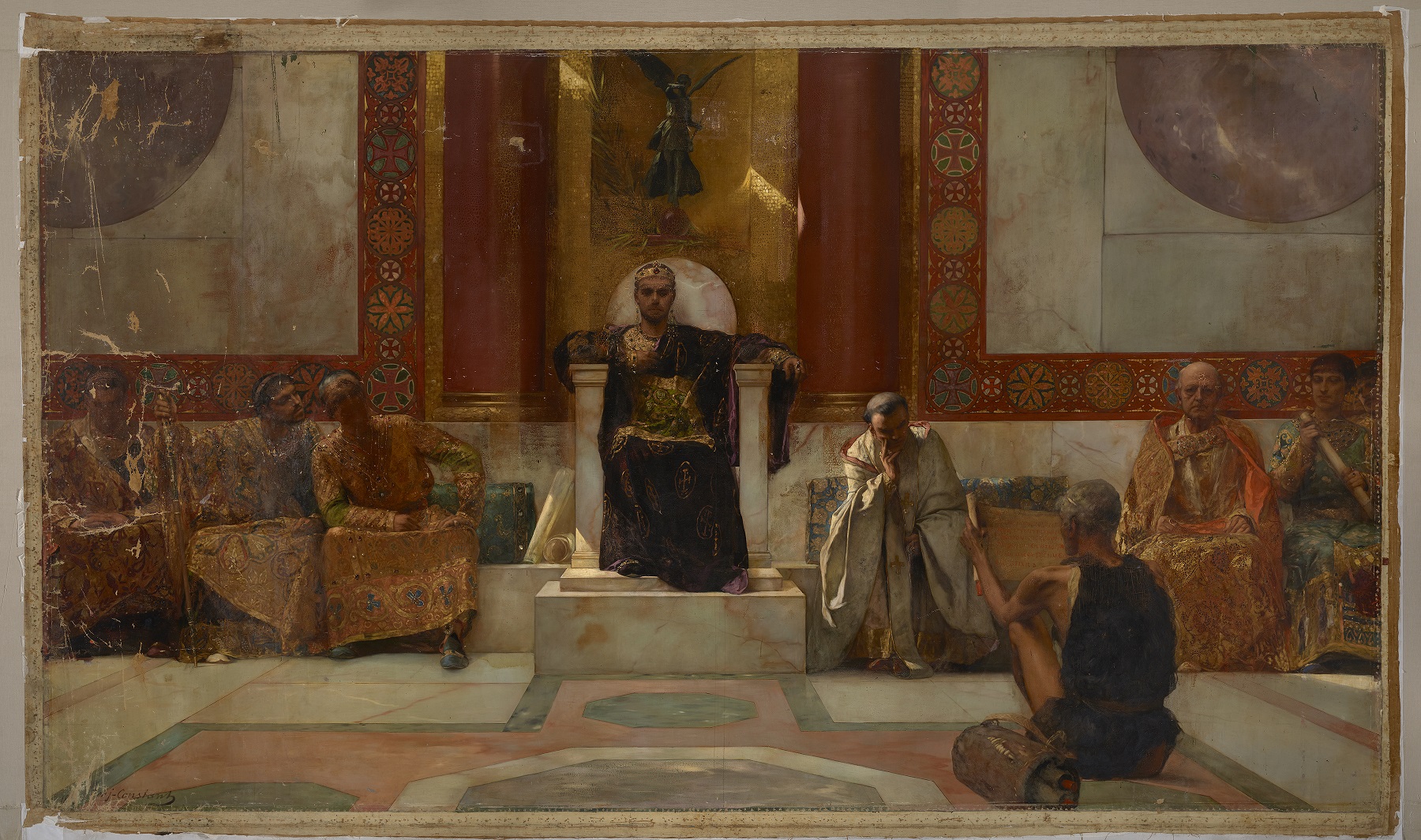
While the Byzantine Empire was predominantly Greek in culture and language, especially after the loss of its territories in Italy and the Western Mediterranean, it maintained a diverse and multi-ethnic character throughout its history. The use of Greek became more pronounced after the 7th century, solidifying the empire’s Greek identity. However, the Byzantines referred to themselves as “Romans,” and the empire was a continuation of the Roman state in a different cultural and linguistic guise.
The territories of the Byzantine Empire shifted throughout its history, but at its zenith under Justinian I in the 6th century, it encompassed regions that are today part of Italy, Greece, Turkey, Syria, Egypt, and the Balkans. This vast expanse allowed for a rich exchange of cultural and economic resources, making the empire a pivotal center of medieval civilization. Historical sites and places from the Byzantine era, such as the Hagia Sophia, the Monastery of St. Catherine on Mount Sinai, and the medieval fortifications of Constantinople, continue to draw interest for their architectural beauty and historical significance.
In conclusion, the Byzantine Empire’s legacy is a tapestry of cultural, legal, and architectural achievements that have significantly shaped the world. Its fall to the Ottoman Empire marked the end of a remarkable era, but the remnants of Byzantine civilization, through its historical sites and places, continue to fascinate and inspire. The empire’s enduring influence on law, religion, art, and architecture underscores its pivotal role in the transition from the classical to the modern world.
Explore The Byzantine Empire’s Architecture and Historical Artifacts
FAQ: Exploring the Byzantine Empire’s Legacy
What was the Byzantine Empire known for?
The Byzantine Empire, a beacon of enduring legacy, was renowned for its remarkable contributions to art, culture, and politics. It was the cradle of Orthodox Christianity, which deeply influenced its architecture, literature, and rituals. The empire is celebrated for its architectural marvels, notably the Hagia Sophia, which stands as a testament to its innovative engineering and aesthetic grandeur. Byzantine art, characterized by its iconic mosaics and frescoes, played a pivotal role in shaping European and Middle Eastern artistic traditions. Furthermore, the empire’s legal codification, the Corpus Juris Civilis, laid foundational principles for modern law. The Byzantines were also adept diplomats, skillfully navigating complex international relations to preserve their empire for over a millennium.
What was the Byzantine Empire’s timeline?
The Byzantine Empire’s timeline stretches from its inception in 330 AD to its eventual fall in 1453 AD. It began when Emperor Constantine the Great dedicated the city of Byzantium as Constantinople, the new capital of the Roman Empire. This marked the empire’s transformation into a distinct entity, culturally and politically divergent from its Western Roman counterpart. Over the centuries, the empire experienced periods of remarkable prosperity and devastating decline, facing threats from both Eastern and Western fronts. The Byzantine Empire reached its zenith under the rule of Justinian I (527-565 AD), before enduring a series of challenges, including the Arab conquests, the Crusades, and finally, the Ottoman siege that led to its fall in 1453.
How did the Byzantine Empire fall?
The fall of the Byzantine Empire was the culmination of a prolonged period of decline, exacerbated by internal strife, economic difficulties, and relentless external pressures. The Fourth Crusade’s sack of Constantinople in 1204 dealt a devastating blow to the empire, fragmenting its territories and severely weakening its economic and military might. Although the Byzantines managed to reclaim Constantinople in 1261, the empire never fully recovered its former strength. The rise of the Ottoman Turks posed a formidable threat, gradually eroding the empire’s territories. The final blow came with the Ottoman siege of Constantinople in 1453, led by Sultan Mehmed II. The city’s formidable walls were breached, marking the end of the Byzantine Empire and the beginning of Ottoman dominance in the region.
What was the Byzantine Empire’s religion?
The dominant religion of the Byzantine Empire was Christianity, specifically in the form of Eastern Orthodox Christianity. This branch of Christianity emerged from the religious and political contexts unique to the Byzantine Empire, distinguishing itself from Western Christianity in both practice and theology. The Great Schism of 1054 formalized the division between the Eastern Orthodox Church, centered in Constantinople, and the Roman Catholic Church, with its seat in Rome. Eastern Orthodoxy was characterized by its hierarchical structure led by the Patriarch of Constantinople, its use of Greek in liturgy and scripture, and its veneration of icons. The religion played a central role in the daily life and identity of the Byzantine people, influencing art, culture, and politics throughout the empire’s history.
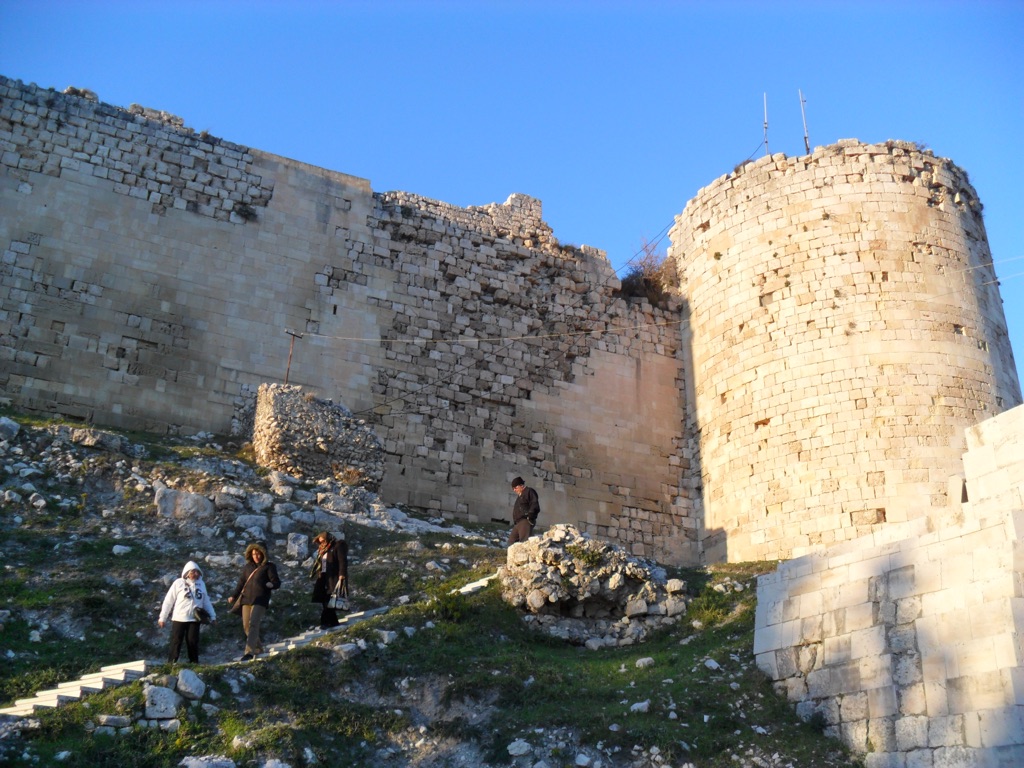
Silifke Castle Turkey
Silifke Castle, perched atop a hill in southern Turkey, overlooks the city of Silifke and the Mediterranean Sea. This historical fortress, with origins dating back to the Byzantine era, has witnessed numerous civilizations. It has served as a strategic military stronghold throughout its history. The castle’s architecture reflects a blend of Byzantine, Armenian, and Ottoman influences, marking it as a site of cultural and historical significance.
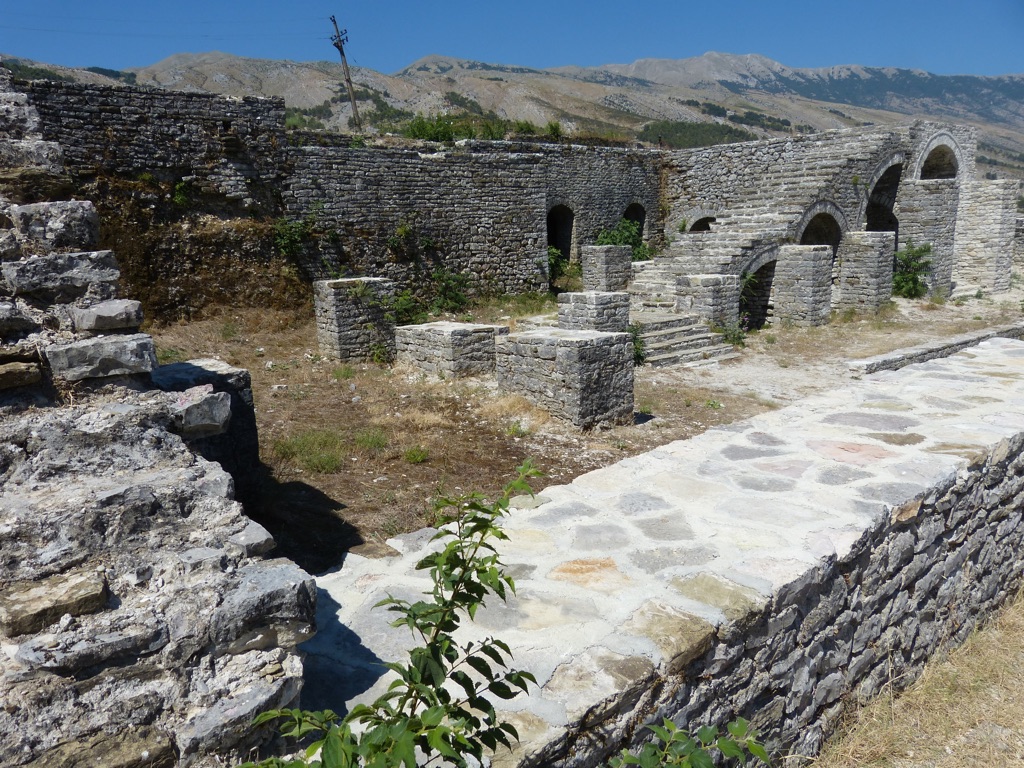
Gjirokastër Fortress
Gjirokastër Fortress, perched above the city of Gjirokastër in Albania, is a monument of cultural and historical significance. Known locally as Kalaja, the fortress dates back to the 12th century, though much of its current form was built by the Ottomans in the 19th century. It has served various roles throughout history, from a military…
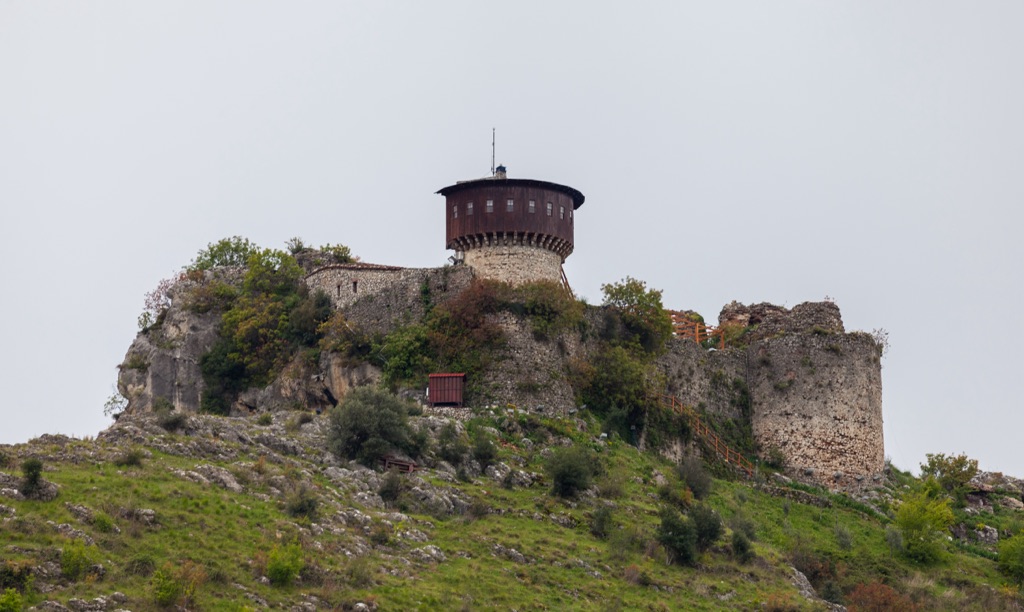
Petrelë Castle
Perched on a rocky hill overlooking the Erzen valley in Albania, Petrelë Castle is a historical fortress with roots dating back to the 6th century. Its strategic location has made it a significant military stronghold throughout history. The castle is known for its distinctive tower, which has become a symbol of the area. Over the…
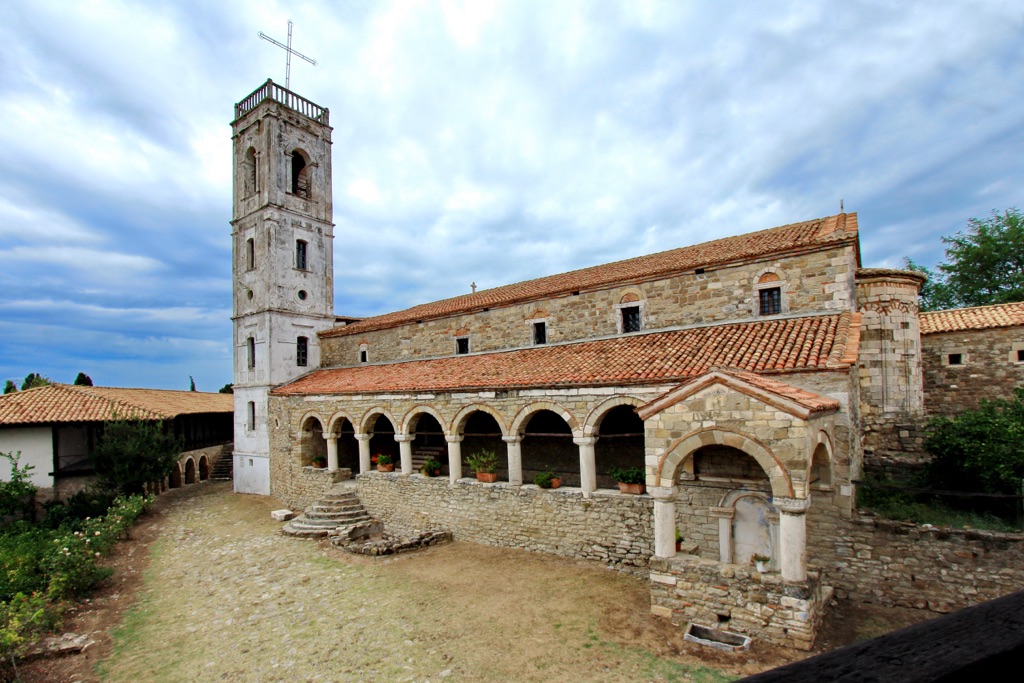
Ardenica Monastery
Nestled in the serene hills of Albania, the Ardenica Monastery stands as a testament to the country’s rich religious and cultural history. This Orthodox monastery, dedicated to Saint Mary, has been a beacon of faith and artistry since its establishment. It boasts a storied past, intricate frescoes, and an architecture that whispers tales of bygone…
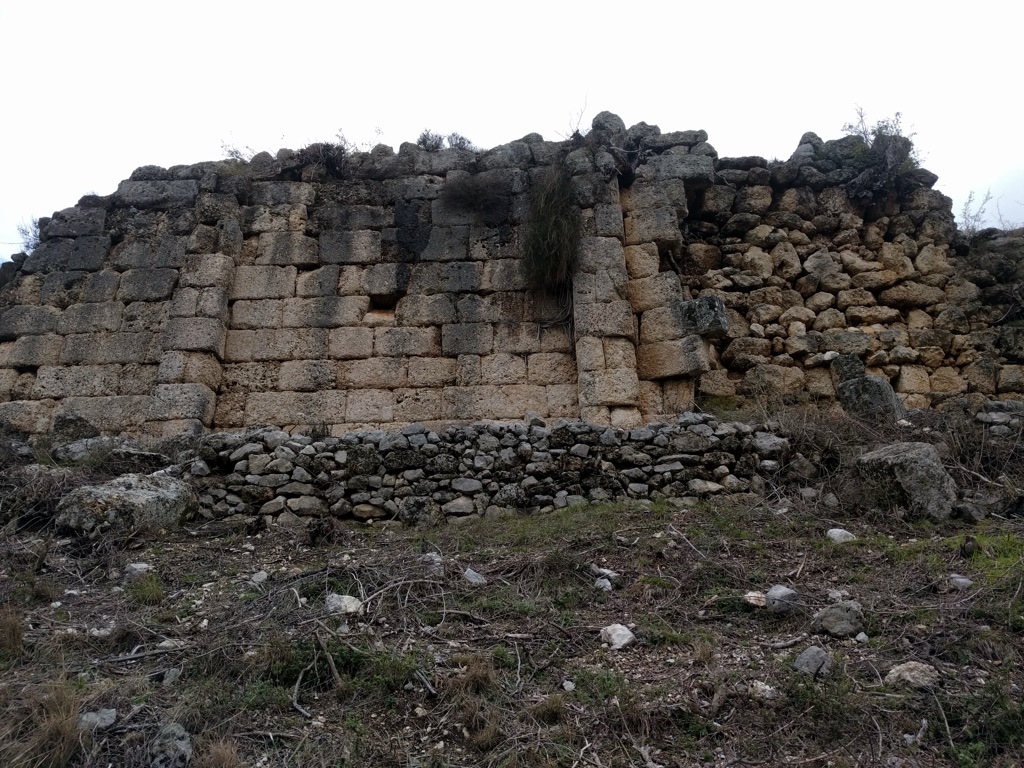
Persqopi Castle
Persqopi Castle, perched atop a hill in Albania, is a historical fortress with a commanding view of the surrounding landscape. This ancient structure, though now in ruins, stands as a testament to the region’s rich history. It has witnessed various periods of occupation and has been a silent spectator to the ebb and flow of…

